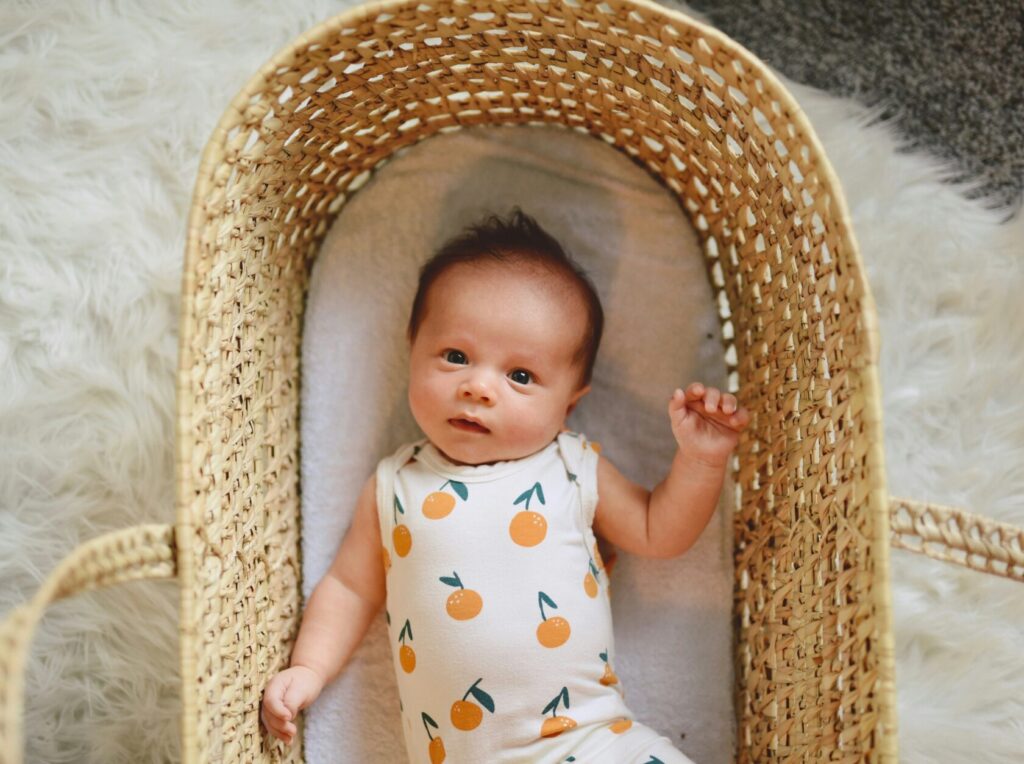Home Births
Through to the 20th century, home births in developed countries were fashionable. By 1955, home births had declined to less than one percent as more women opted to deliver in hospital settings. By the onset of the 21st century, home deliveries were once more on the rise.
Some women claim the comfort and familiarity of their homes helps keep them relaxed, which, in turn, helps them cope more effectively with the intensity of labour contractions.
Carmen Felix, a practicing midwife in Toronto, estimates that “30 percent of births midwives attend are home births.” She adds that recent studies comparing home and hospital deliveries indicate that both locations are equally safe as long as a professional (either a doctor or midwife) is in attendance and the appropriate equipment is available for a home birth.
Birthing centers, available in Quebec and Manitoba, are now being created in Ontario. After all, says Carmen, “pregnancy is not an illness so why should you go to the hospital?”
Water Births
For women who want nonmedicinal relief from labour pains, some women opt for a water birth. They soak in birthing pools, where the warmth of the water helps the muscles to relax, thereby easing the intensity of the contractions. Typically, “the water tubs are used for the duration of labour, not for the actual delivery of the baby,” says Carmen. Though hospitals also have birthing pools, most women who opt to labour in water prefer purchasing or renting tubs for their home delivery. She estimates that approximately 10 to 15 percent of women she sees plan on using them.
Hypnotherapy
Hypnotherapy (aka: The Mongan Method), has been gaining popularity over the last five to 10 years, and teaches expectant moms that labour does not have to be painful. Taught by registered hypnotherapists, women learn to use self-hypnosis techniques so that they are empowered to control the degree of pain of their contractions. Lisa Weston, a midwife in Toronto, says she encourages women who feel anxious about what to expect during natural childbirth to take a hypnobirthing course. “It makes them feel more prepared, calm and centered for their birthing experience. It trains women to be in control and focused during birth.” Lisa and Carmen say they have seen some women use this technique brilliantly.
Acupuncture
Acupuncture, historically and extensively used in eastern cultures, is becoming more available and therefore mainstream to North Americans. Most people are familiar with acupuncturists painlessly inserting thin needles into energy centers of the body in order to ease various body discomforts. Carmen says it’s now being used on expectant moms “to induce labour in people who go beyond their due date”.
It is also used to help control pain, encourage relaxation and can help turn breech babies. In this instance, “It’s more effective than not doing anything,” says Lisa.
TENS
TENS, short for Transcutaneous Electric Nerve Stimulation, uses sticky pads, placed on the lower back and hooked up to a small, portable machine that generates electrical stimulation. The labouring woman, who has been taught how to control the machine, manipulates the electric current during a contraction. The premise is that the brain cannot focus on two stimuli at the same time. Therefore, if you’re stimulated with things that aren’t painful, the brain will not be able to focus on things that are painful. Lisa hasn’t seen TENS used by obstetricians, and though midwives can suggest its use, the machines would have to be purchased and controlled by the expectant mom.
Water Injections
Sterile water injections, popular in Sweden, is beginning to gain popularity in Canada. This technique, used by midwives, is targeted to treat back labour. Very small needles containing sterile water are injected just below the surface of the skin. “It stings going in, but it can numb the area for twenty minutes to a couple of hours,” Lisa explains. “It generally disrupts the transmission of pain stimuli going to the brain. Therefore, it’s a simple, low-cost, low-risk, drug free way of managing pain that doesn’t affect the rest of labour in any way.” Prenatal classes are an excellent way for women to learn about and discuss various birthing options. The important thing is that you are comfortable with and informed about whatever method you choose. When it comes to labour fashions, there is no better style that your own.


















